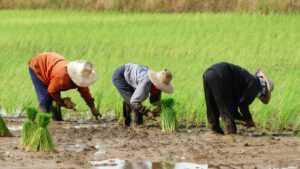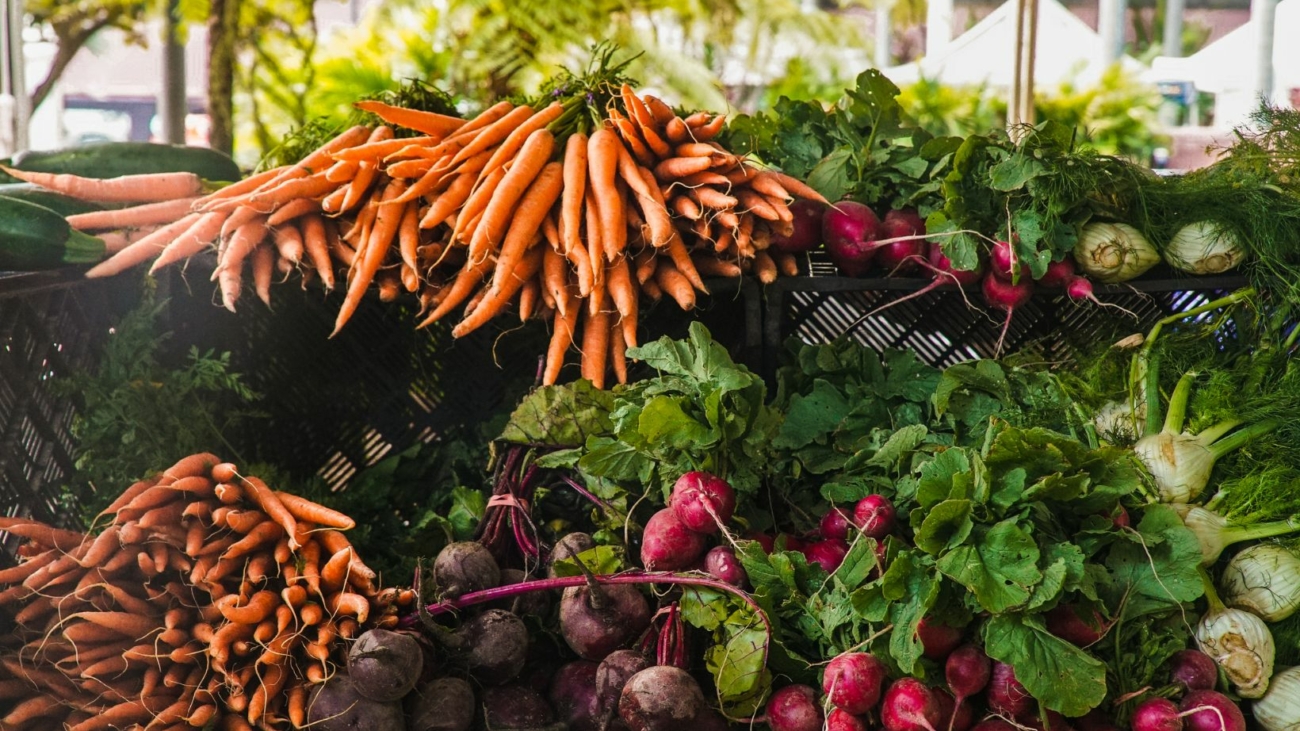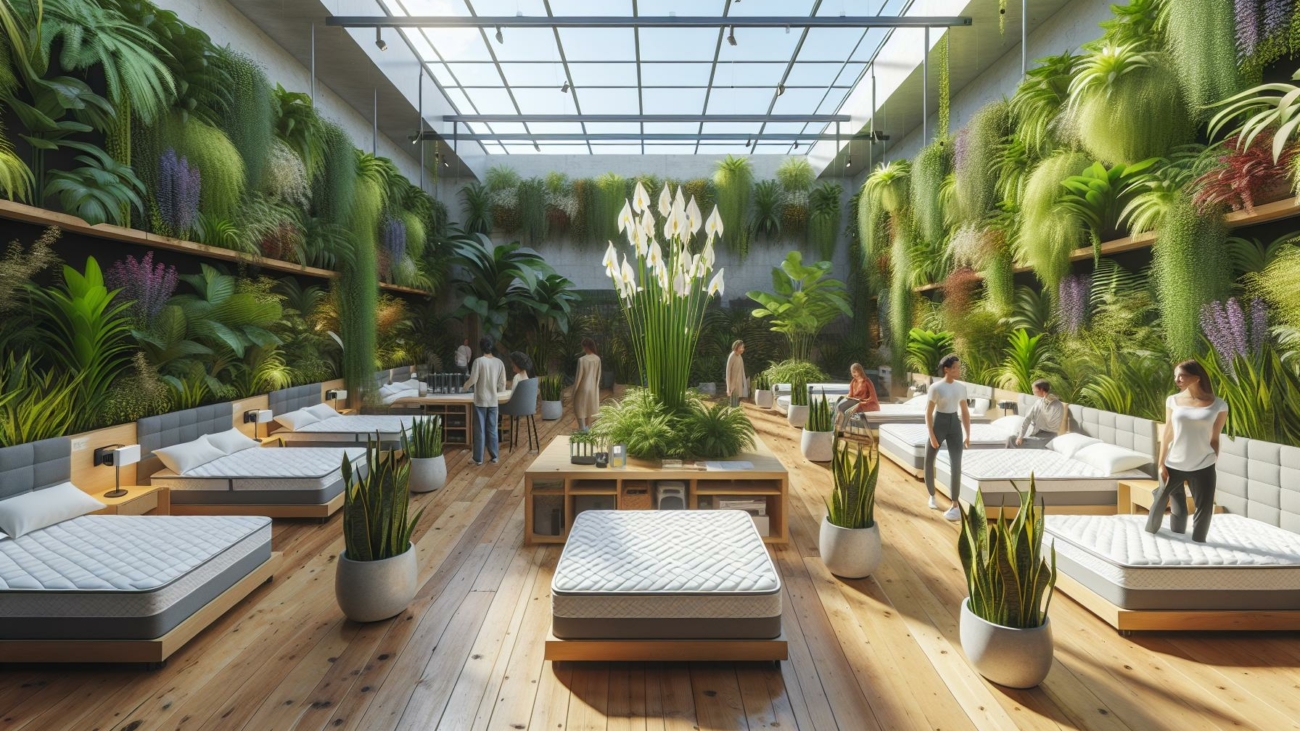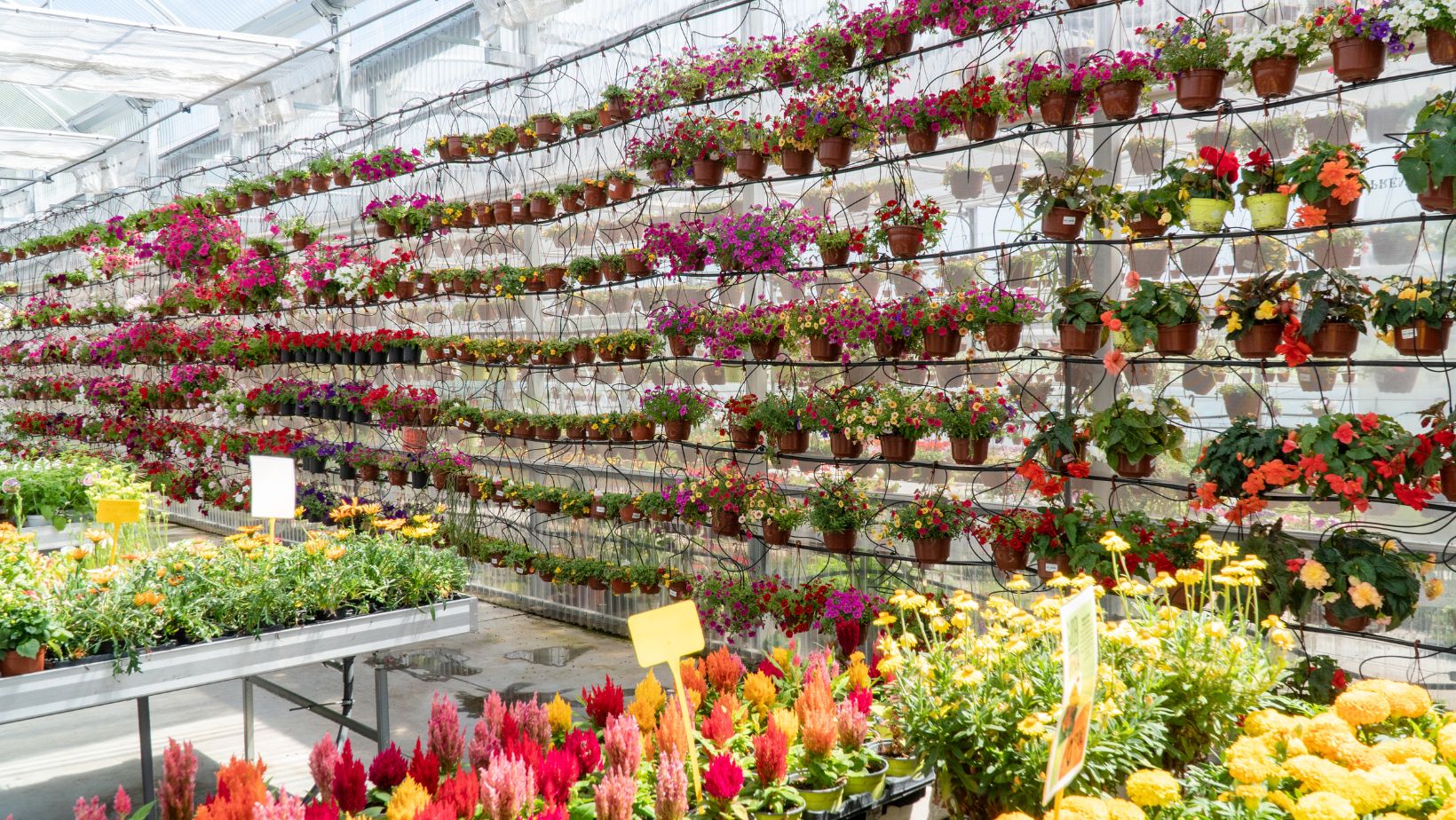Key Takeaways
- Human and Animal Labor: Agriculture before mechanization relied significantly on manual labor and animal power, utilizing simple tools like plows, sickles, and hoes.
- Sustainable Practices: Crop rotation and polyculture were essential for maintaining soil fertility and minimizing pests, showcasing early farmers’ commitment to sustainability.
- Community and Culture: Traditional farming fostered strong community ties through shared labor, rituals, and celebrations linked to planting and harvest cycles.
- Economic Foundations: Agriculture was the backbone of early economic systems, with subsistence farming and barter trade shaping community interdependence and social hierarchies.
- Environmental Challenges: Early farmers faced natural disasters, climate variability, and soil quality issues, adapting through crop diversification to ensure productivity.
- Social Structures: Gender and age roles significantly influenced labor distribution in farming communities, impacting efficiency and resource management.
Before the dawn of mechanization, agriculture relied heavily on human and animal power. Farmers toiled under the sun, using simple tools and techniques passed down through generations. This era was marked by a deep connection to the land, where every season dictated the rhythm of life.
Traditional farming practices not only shaped communities but also influenced economies and cultures worldwide. From plowing fields with oxen to hand-harvesting crops, each method was a testament to human ingenuity and resilience. Understanding this foundational period in agriculture reveals the roots of modern farming and highlights the significant transformations that followed mechanization.
Agriculture Before Mechanization
Agriculture before mechanization relied heavily on human and animal power. Farmers utilized tools such as plows, sickles, and hoes for planting and harvesting crops. These implements required significant physical effort and skill, making agriculture labor-intensive.
Communities engaged in subsistence farming, growing crops primarily for their families rather than for sale. This practice fostered strong ties between families and their land, encouraging knowledge transfer across generations. Traditional farming methods varied by region, adapting to local climates and soil conditions.
Animal husbandry played a critical role in early agriculture. Livestock provided manure for fertilization, while draft animals assisted in plowing fields. Common animals included oxen, horses, and donkeys, which contributed to the efficiency of farming practices.
Crop rotation and polyculture formed the backbone of sustainable farming. Farmers planted various crops in cycles to maintain soil fertility and reduce pest infestations. This diversity not only enhanced yields but also fortified local ecosystems.
The deep connection to land manifested in cultural practices and rituals. Many societies held celebrations to mark planting and harvesting, emphasizing agriculture’s social importance. These traditions shaped community cooperation and resilience.
Agriculture before mechanization showcased the ingenuity of early farmers, demonstrating their capacity to adapt and innovate in harmony with nature.
Traditional Farming Practices
Traditional farming practices relied on manual labor and simple tools, forming the foundation of agricultural methods before mechanization. These practices emphasized sustainability and a deep connection to the land.
Tools and Techniques Used
Farmers utilized various tools and techniques to cultivate their crops. Common tools included:
- Plows: Wooden or metal plows, pulled by oxen or horses, broke up soil for planting.
- Sickles: Used for cutting grain and harvesting crops, sickles maximized efficiency during harvest.
- Hoes: Essential for weeding and preparing seedbeds, hoes allowed farmers to maintain their fields.
- Seed Drills: Early versions of seed drills ensured even spacing and depth for seeds, improving crop yield.
These tools required skill and labor, fostering a strong relationship between farmers and their environment.
Crop Rotation and Sustainability
Farmers employed crop rotation as a key sustainable practice. By alternating crops, they maintained soil fertility and reduced pests and diseases. Common rotations included:
- Legumes followed by cereals: Legumes, such as beans or peas, enriched the soil with nitrogen, benefiting subsequent cereal crops.
- Root crops interspersed with grains: Alternating root crops, like turnips or carrots, with grains reduced competition for nutrients.
These sustainable methods preserved soil health, supported local ecosystems, and ensured long-term agricultural productivity.
Impact on Society and Economy
Agriculture significantly influenced daily life and economic systems in pre-mechanization societies. This reliance on farming shaped the ways communities interacted and thrived.
Role of Agriculture in Daily Life
 Agriculture served as the cornerstone of daily life for many people. Families typically engaged in subsistence farming, growing crops and raising livestock to meet their food needs. This connection to the land fostered strong community ties as families often worked together during planting and harvesting seasons. Rituals and celebrations centered around farming cycles reinforced social bonds and cultural identities. The practice of agriculture also dictated lifestyles, with communities adapting their customs, traditions, and calendars to align with farming activities and seasonal changes.
Agriculture served as the cornerstone of daily life for many people. Families typically engaged in subsistence farming, growing crops and raising livestock to meet their food needs. This connection to the land fostered strong community ties as families often worked together during planting and harvesting seasons. Rituals and celebrations centered around farming cycles reinforced social bonds and cultural identities. The practice of agriculture also dictated lifestyles, with communities adapting their customs, traditions, and calendars to align with farming activities and seasonal changes.
Economic Systems and Trade
Agriculture constituted the foundation of economic systems before mechanization, primarily through barter trade. Surplus crops enabled farmers to exchange goods with neighboring communities. This exchange fostered interdependence among agricultural societies, allowing them to specialize in different crops and livestock. Additionally, grains, fruits, and livestock became integral to early market systems, with some communities developing local markets for trade. The economic impact of agriculture also extended to land ownership structures, shaping social hierarchies within communities. Wealth accumulation often revolved around land and livestock, which in turn affected power dynamics and community organization.
Challenges Faced by Early Farmers
Early farmers encountered various challenges influenced by environmental conditions and social structures. These factors significantly impacted agricultural productivity and community dynamics.
Environmental Factors
Early agricultural practices largely depended on environmental conditions. Climate variability affected crop yields, with periods of drought leading to food scarcity. Soil quality posed challenges, with many farmers dealing with rocky, sandy, or nutrient-poor lands that hindered productivity. Natural disasters, like floods or pests, threatened harvests and frustrated farming efforts. Farmers engaged in crop diversification to mitigate these environmental risks. However, reliance on local wildlife for pollination and seed dispersal sometimes introduced competition for resources, complicating the cultivation process.
Social Structures and Labor
Social structures heavily influenced early farming communities. Labor distribution often fell along gender and age lines, restricting participation based on societal roles. This division affected efficiency as some tasks could remain unaddressed. Additionally, communal farming practices, while fostering cooperation, sometimes led to disputes over land ownership and resource allocation. The absence of formal labor agreements resulted in uneven responsibilities, impacting productivity and community cohesion. Despite these challenges, shared rituals and traditions around planting and harvesting reinforced social ties, driving collaboration among farmers and enhancing collective resilience against adversities.
Evolution of Agricultural Practices
Agricultural practices evolved significantly before mechanization, characterized by manual labor, animal power, and simple yet effective tools. Farmers relied on wooden or metal plows for tilling soil. Sickle use for harvesting ensured efficient cutting of grains, while hoes supported weeding and soil preparation. Early seed drills allowed for precise seed placement. These techniques laid the groundwork for agriculture as communities depended on these methods for sustenance.
Animal husbandry played a vital role in agricultural evolution. Livestock provided manure for fertilization, directly enhancing soil fertility. Draft animals, such as oxen and horses, improved plowing efficiency, allowing farmers to cultivate larger areas. The synergy between crop production and animal husbandry formed a sustainable farming model that supported local food systems.
Sustainable agricultural practices took root through methods like crop rotation and polyculture. Crop rotation involved alternating legumes and cereals, which maintained soil fertility and minimized pests. Polyculture allowed farmers to grow multiple crops simultaneously, enhancing biodiversity and resilience against crop failure. Such methods showcased ingenuity and adaptability in resource management.
The cultural significance of agriculture reinforced communal ties as societies celebrated planting and harvesting cycles. Rituals and festivals centered on agricultural milestones strengthened social bonds and promoted cooperation among community members. Through shared labor, families engaged in subsistence farming, creating a strong sense of interdependence.
Economic systems before mechanization heavily relied on agriculture. Barter trade facilitated the exchange of surplus crops, fostering inter-community relationships. These economic interactions often shaped land ownership structures, reinforcing social hierarchies. Agriculture served as the bedrock of daily life, influencing power dynamics and community organization.
Farmers faced numerous challenges, primarily influenced by environmental and social conditions. Climate variability and soil quality issues significantly impacted productivity. Natural disasters like floods or pest invasions presented considerable risks. Diversifying crops became essential for mitigating these threats, promoting resilience amidst uncertainty.
Social structures also played a crucial role in agricultural practices. Gender and age roles often dictated labor distribution, leading to disputes over land ownership. Despite these obstacles, collaboration through shared rituals and traditions around planting and harvesting fostered a cohesive community. The collective resilience of farmers against adversities exemplified the deep-rooted significance of agriculture in shaping societies before mechanization.
The Era of Agriculture Before Mechanization
The era of agriculture before mechanization laid the foundation for modern farming practices. It showcased the resilience and ingenuity of early farmers who relied on manual labor and simple tools to cultivate the land. Their connection to the earth fostered strong community ties and sustainable practices that prioritized soil health and crop diversity.
Through shared rituals and collective efforts, these farmers navigated challenges posed by the environment and social structures. Their legacy continues to influence agricultural methods today, reminding us of the importance of collaboration and sustainability in farming. Understanding this rich history enriches the appreciation for the advancements that followed while highlighting the enduring significance of traditional practices.


 Emma Sleep’s sustainability initiatives transform traditional retail practices through eco-conscious operations at the Gardening Center. The company integrates environmental responsibility into every aspect of its business model.
Emma Sleep’s sustainability initiatives transform traditional retail practices through eco-conscious operations at the Gardening Center. The company integrates environmental responsibility into every aspect of its business model.